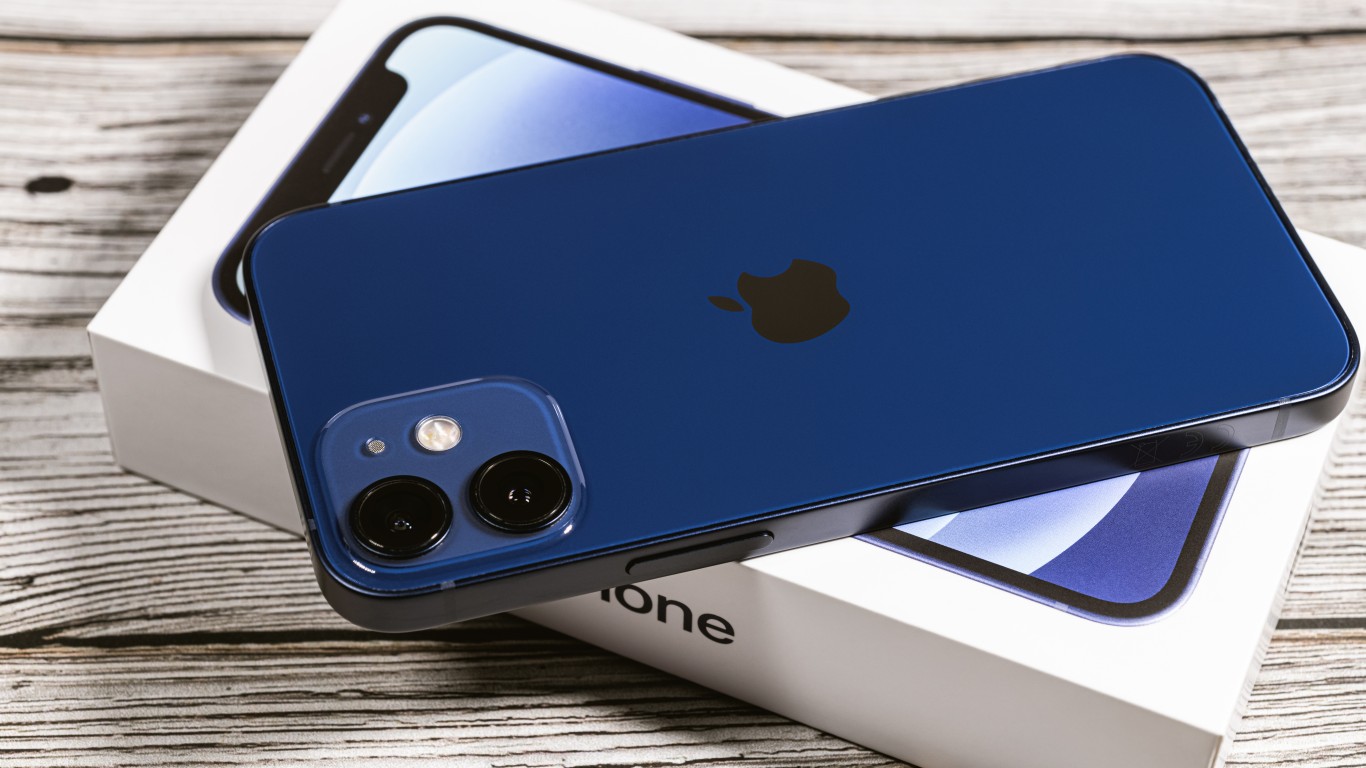Technology
What's Up With Apple: Epic Games Lawsuit, New iPhones, Watches and More

Published:

Last Friday, Federal District Court Judge Yvonne Gonzalez Rogers, issued her decision in the Epic Games lawsuit charging that Apple Inc. (NASDAQ: AAPL) and its App Store were engaged in anti-competitive practices. For the most part, Judge Rogers sided with Apple.
According to a detailed look at the decision at The Verge, of 10 claims made by Epic in its lawsuit, “nearly all its claims were dismissed.” On Sunday, Epic Games filed an appeal with the U.S. Court of Appeals for the Ninth District. The filing did not specify the grounds for the appeal.
Judge Rogers acknowledged that Apple has considerable power in the market for mobile games and “extraordinarily high profit margins,” but, she wrote, “Success is not illegal.” Contrary to Epic’s contention, this means that Apple is neither a monopoly nor did it violate the Sherman Act by unlawfully restraining trade.
Apple gets scolded by the judge, but, you know, sticks and stones …. Judge Rogers noted that nothing short of legal action appears to “motivate Apple to reconsider pricing and reduce rates.” The lack of competition from a third-party app store means that Apple has no incentive to innovate. Why should it if the company can just sit back and collect commissions?
Regarding those commissions on in-app purchases, which run from 15% to 30%, Judge Rogers ruled that Apple is entitled to a fee of some amount for developers who use the App Store, but there is “no basis” for a fee of 30%. The Verge cites Rogers directly: “Indeed, to the extent Epic Games suggests that Apple receive nothing from in-app purchases made on its platform, such a remedy is inconsistent with prevailing intellectual property law.”
The decision stops well short of forcing Apple to allow side-loading of apps or adding links to third-party app stores on iOS. For Apple, this may be the most important part of Friday’s ruling.
All of this may have cast a bit of a shadow over Apple’s new product introductions set to begin at 1:00 p.m. PT on Tuesday. The iPhone 13 (or whatever the new iPhone ends up being named) is expected to include both iPhone 13 and iPhone 13 Pro devices in the same three sizes as the iPhone 12 series. The notch on the display is expected to be narrow, there are new camera features, along with a new faster A15 chip and an updated display screen. Mark Gurman at Bloomberg still thinks the satellite phone connectivity feature won’t be included with the iPhone 13.
Apple Watch Series 7 is expected to get a flat screen and flat edges. The screen is also larger and is expected to offer a resolution of 396 × 484 pixels. Gurman believes Apple will hold a second event later this fall to introduce new AirPods, a redesigned iPad mini and a ninth-generation iPad, and new MacBook Pro models using Apple’s own high-end M1 processor.
Thank you for reading! Have some feedback for us?
Contact the 24/7 Wall St. editorial team.